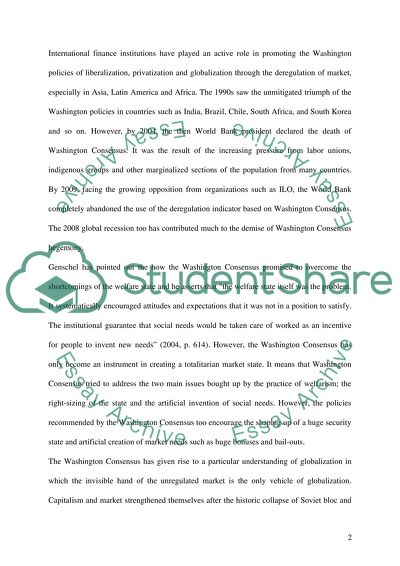Cite this document
(“The Washington Consensus: Success or Failure Essay”, n.d.)
Retrieved de https://studentshare.org/environmental-studies/1415615-the-washington-consensus-success-or-failure
Retrieved de https://studentshare.org/environmental-studies/1415615-the-washington-consensus-success-or-failure
(The Washington Consensus: Success or Failure Essay)
https://studentshare.org/environmental-studies/1415615-the-washington-consensus-success-or-failure.
https://studentshare.org/environmental-studies/1415615-the-washington-consensus-success-or-failure.
“The Washington Consensus: Success or Failure Essay”, n.d. https://studentshare.org/environmental-studies/1415615-the-washington-consensus-success-or-failure.


